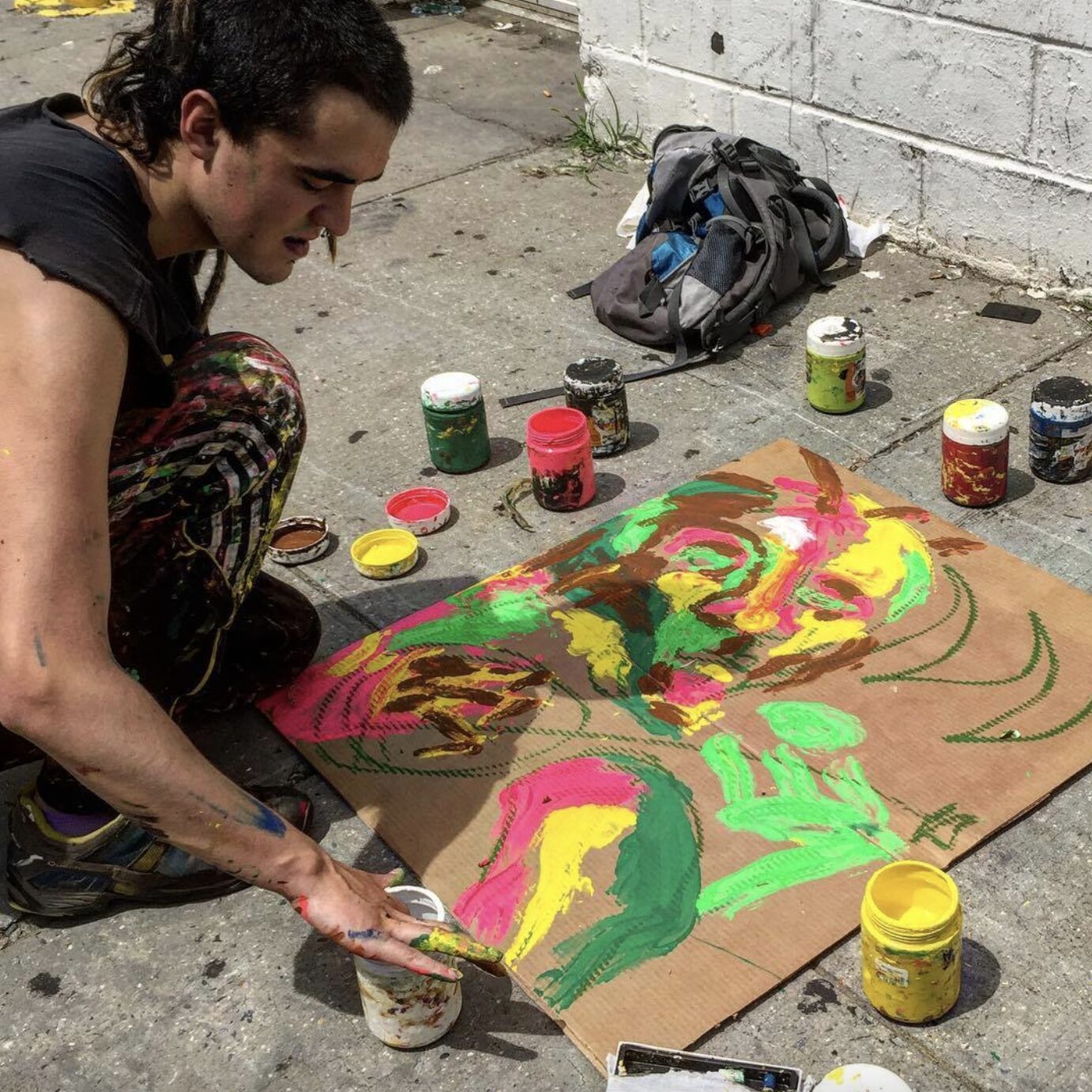Considering what has already been stated, there is an open question: Do I consider the Malhechos to be real entities? The short answer is yes, I believe the Malhechos exist, but they do not show themselves as they truly are, and my version of their story is just one among many possible ones. Following Eliade (1991), the proof of myths for archaic cultures is found in reality: supernatural beings made the world, and the proof of this is the existence of the world itself. In this regard, within the myth that the reader holds in their hands, I propose five fundamental laws that I believe are evidenced in reality:
1. There is an external reality to the human species that precedes it and exists independently of it.
2. Every human, natural, or cosmic cycle has a beginning and an end.
3. The dynamics of the Universe occur through the interaction of objects and energies that exist.
4. Creating requires more time and effort than destroying.
5. Human beings must adapt to laws that exist outside of ourselves if we want to survive as a species.
In addition, the Malhechos represent the four elements (Gou the fire, Millase the earth, Genoxi the air, and Ram the water), the arts (Apintu painting and words, Camus music, and Zanda dance), and the interaction between the components of the Universe (referred to in the myth as love, with Toga being its Malhecha). Therefore, they represent things that exist in the external world, outside the imagination of individuals. However, I believe there is a more significant point when thinking of the Malhechos as entities that operate in reality and are not simply part of a fictional story: my intention with the diffusion of the Malhechos myth is not simply to entertain but to mobilize people to care for ecosystems.
One of the characteristics of myths is precisely their prescriptive nature, meaning that mythical narratives aim to provide those who read or listen to them with behavioral guidelines that must be respected, as they are manifestations of the supernatural beings who created the world (Eliade, 1991). Regarding this point, Francisco Javier Méndez told me in the interview: “What happens is that nowadays many people live religion more as a form than as content. So they think that being Catholic is about going to mass and performing the rituals. Of course, all of that is important, but in reality, religions are ways of seeing the world that have behavioral rules, which, nowadays, are not always followed by believers. This may have to do with the changes that the world has gone through and the need for religions to adapt to them.”
What I propose is to invert what Méndez pointed out by creating a myth where the behavioral guidelines and adherence to the basic rules set by the Malhechos are more important than belief in these beings and the formal aspects of religions. In other words, where the content is more important than the form. In fact, the mandates of the Malhechos aim to modify human behavior for the benefit of the environment and understanding among people. For example, Apintu’s mandate to transmit the word of the Malhechos in places surrounded by nature is aimed at reconnecting humans with ecosystems and also promoting face-to-face contact in a world where digitalization increasingly isolates us from one another. As well as Toga’s mandate to think about what is to be built before destroying is meant to prevent the waste of resources we need to survive.
To conclude this section, I want to highlight the fact that the Malhechos also exist insofar as people can appreciate them through my pictorial work and the reading of the myth. As I have said, this project is the embodiment of the learnings and ideas I have had throughout my life, learnings that I materialize through art, guided by the mystical beings who protect nature. The paintings and the myth of the Malhechos complement each other by allowing the viewer to have both a sensory and spiritual experience when contemplating the work, as the paintings give a face to the myth, and the myth gives a transcendent story to the paintings.


